Best Practices for Managing Senior Living Sales Pipelines
Author:
Traci Bild
Date Posted:
March 28, 2025
Share:

Managing a senior living sales pipeline effectively is crucial for maintaining high occupancy rates and ensuring steady revenue growth. A well-structured sales pipeline helps communities track leads, nurture prospects, and convert them into residents. Below are the best practices to streamline the senior living sales process and improve conversion rates.
1. Define Clear Sales Stages
A well-defined sales pipeline should include distinct stages that a prospect moves through before becoming a resident. Typical stages include:
- Inquiry – Initial contact from a prospective resident or their family.
- Follow-up & Qualification – Assessing the prospect’s needs, budget, and timeline.
- Tour & Engagement – Offering in-person or virtual tours and addressing concerns.
- Decision-Making – Assisting families in evaluating their options.
- Move-in & Onboarding – Helping new residents transition smoothly.
Clearly defining these stages ensures that sales teams stay organized and focus their efforts efficiently.
2. Utilize a CRM System
A Customer Relationship Management (CRM) system is essential for tracking leads, storing prospect information, and automating follow-ups. CRM tools like HubSpot, Salesforce, or industry-specific platforms such as Yardi help sales teams manage data, schedule reminders, and analyze performance trends. Using a CRM ensures that no lead falls through the cracks and that communication remains consistent.
3. Prioritize Speed to Lead
Quick response times significantly impact conversion rates. Prospects expect timely follow-ups, especially when they’re actively searching for a senior living community. Best practices include:
- Responding to new inquiries within 15-30 minutes.
- Sending automated confirmation emails or texts acknowledging inquiries.
- Assigning a dedicated sales representative to each lead.
Speedy follow-ups help build trust and keep potential residents engaged.
4. Personalize Communication
Every prospect has unique needs, preferences, and concerns. Sales teams should tailor their communication accordingly. Strategies for personalized engagement include:
- Addressing prospects by name.
- Referencing previous conversations.
- Sending customized content, such as guides on assisted living or financial planning.
By providing relevant information, sales teams can nurture leads more effectively and build stronger relationships.
5. Leverage Data for Decision-Making
Tracking key metrics helps identify bottlenecks and optimize sales strategies. Important metrics include:
- Lead Response Time – How quickly inquiries are addressed.
- Conversion Rate – The percentage of inquiries that turn into residents.
- Tour-to-Move-in Ratio – How many prospects move forward after a tour.
By analyzing these data points, sales teams can refine their approach and improve overall pipeline efficiency.
6. Implement Follow-Up Sequences
Not all prospects are ready to move in immediately. A structured follow-up sequence ensures ongoing engagement without overwhelming potential residents. Consider:
- Sending personalized emails with helpful resources.
- Checking in periodically via phone or text.
- Offering special promotions or events to encourage decision-making.
Consistent follow-ups prevent prospects from losing interest and help move them through the pipeline.
7. Train and Empower Sales Teams
A knowledgeable and well-trained sales team is the backbone of a successful sales pipeline. Training should focus on:
- Understanding senior living options and financial considerations.
- Effective communication techniques, including active listening and empathy.
- Overcoming common objections, such as cost concerns or reluctance to move.
Regular training sessions and workshops keep sales teams updated on industry trends and best practices.
8. Offer Virtual and In-Person Tours
Many prospects and families prefer to explore options before committing. Providing both virtual and in-person tours increases accessibility and convenience. Best practices for tours include:
- Highlighting key amenities and community culture.
- Answering questions in real time.
- Following up with additional information after the tour.
Virtual tours, in particular, cater to families living out of state and can help accelerate the decision-making process.
9. Align Sales and Marketing Efforts
Sales and marketing teams should work together to attract high-quality leads. This includes:
- Creating informative blog posts, videos, and downloadable guides.
- Running targeted ad campaigns on social media and search engines.
- Sending educational newsletters to prospects and their families.
A cohesive marketing strategy ensures that sales teams receive well-informed and interested leads.
10. Monitor and Improve the Sales Pipeline Continuously
A sales pipeline is not a static process; it requires regular evaluation and improvement. Sales managers should:
- Conduct weekly or monthly pipeline reviews.
- Identify areas where leads drop off and find solutions.
- Adjust strategies based on performance data and feedback.
By continuously optimizing the pipeline, senior living communities can maintain strong occupancy rates and drive sustainable growth.
Why Partner with BILD & Co?
BILD & Co is a trusted leader in senior living sales and marketing, providing data-driven strategies to improve occupancy rates and revenue. With over two decades of experience, BILD & Co helps communities optimize their sales pipelines through expert training, technology, and customized marketing solutions.
Discover BILDX: The Future of Senior Living Sales Optimization
BILDX by BILD & Co is a revolutionary platform designed to enhance sales efficiency in senior living communities. By combining advanced analytics, automated workflows, and personalized engagement strategies, BILDX helps sales teams maximize conversions and streamline operations. To learn how BILDX can transform your sales pipeline, visit BILDX.
Conclusion
Managing a senior living sales pipeline effectively requires a combination of organization, technology, and personalized engagement. By defining clear sales stages, leveraging CRM tools, prioritizing quick responses, and aligning sales with marketing efforts, communities can convert more leads into residents. With continuous monitoring and improvements, senior living communities can create a seamless sales experience that meets the needs of prospects and their families.


